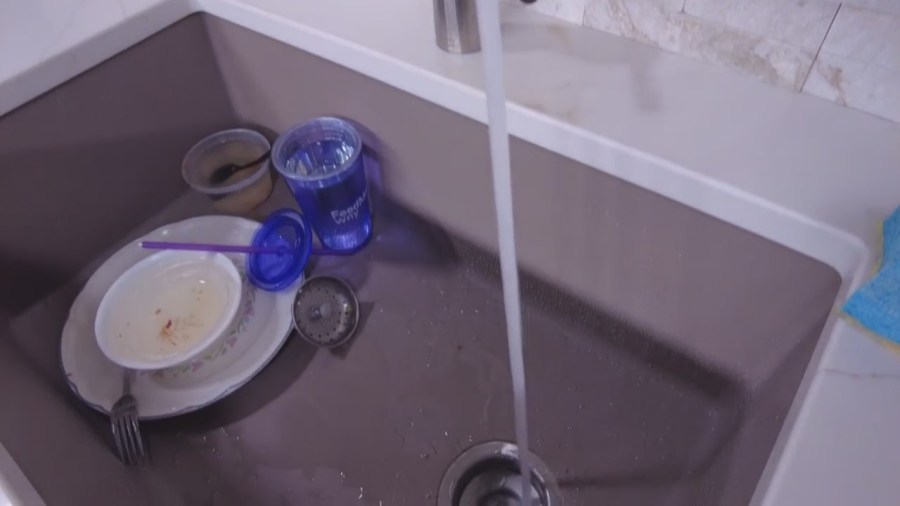Recently, residents in Western New York have received letters informing them that their municipalities lack records detailing the composition of their water service lines—leading to concerns about potential lead contamination. Reports highlight that residents from Buffalo, the Town of Tonawanda, and Kenmore have expressed unease regarding the implications of these letters. Particularly in light of new federal drinking water regulations enacted on October 16, which mandate water suppliers nationwide to maintain updated inventories of their lead service lines, the communications stirred anxiety among the populace. The New York State Department of Health (DOH) clarified that although the letters indicate unknown service line materials, it does not imply that lead has been identified in the drinking water of those affected individuals.
The City of Buffalo has verified that all notifications have been dispatched, revealing that over 34,000 homes are known to have lead pipes, while more than 35,000 households have unclear pipe materials. Residents who received letters regarding unknown service lines are urged to investigate and report the materials of their water lines. In a bid to aid residents, the DOH has released an instructional video guiding homeowners on how to assess their service lines without needing a plumber. One method includes scratching the pipe with a screwdriver and determining whether a magnet adheres to it—helpful as a means of identifying lead service lines.
In response to the added responsibilities placed on residents by these letters, some community members have criticized the local government’s approach, asserting that it is shifting the burden onto the public. However, the state’s DOH explained that encouraging residents to report their findings is an efficient strategy for ascertaining service line materials on private property, noting many residents may prefer to avoid having state or local inspectors enter their homes.
To combat lead contamination in water systems, New York State recently allocated over $100 million to assist communities in the detection and replacement of lead service lines. This initiative builds upon prior efforts that have successfully replaced approximately 3,200 lead service lines across the state, reflecting a commitment to improving public health safety regarding drinking water quality.
The DOH’s outreach encourages all residents to follow the instructions provided in their respective letters and to promptly report any issues they uncover. Such engagement is essential not only for ensuring safe drinking water within households but also for aiding local municipalities in accurately assessing the state of their water lines across communities. The initiative seeks to bolster public understanding and action around the issues of lead pipes and water safety.
In conclusion, while the recent letters have generated a considerable amount of concern within Western New York communities, they also initiate a vital conversation about the need for transparency, awareness, and proactive measures regarding water quality and public health. As residents respond to the call for action, their involvement will be crucial in driving significant improvements and ensuring the integrity of the drinking water supply in their municipalities.

